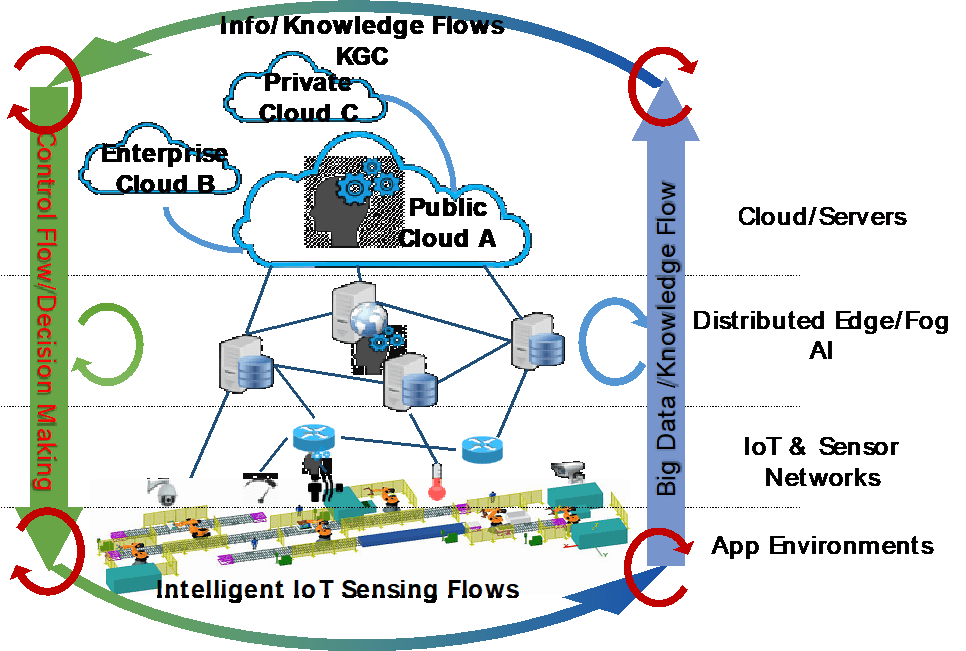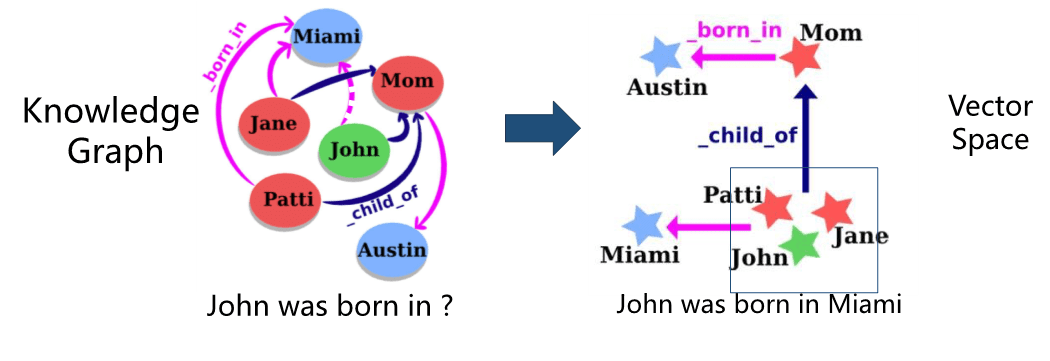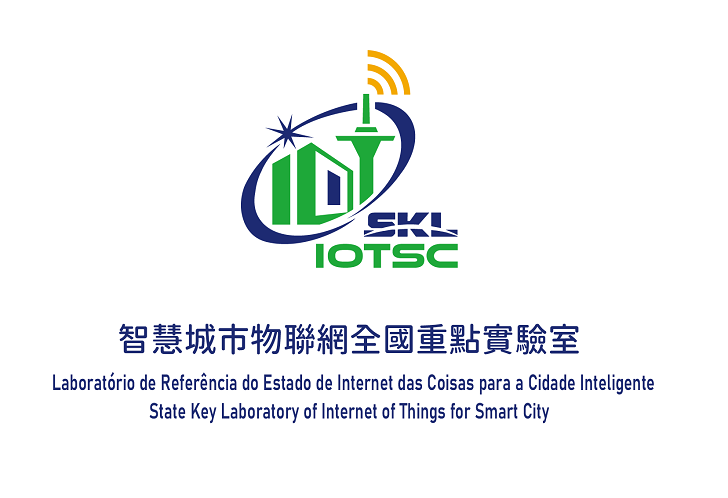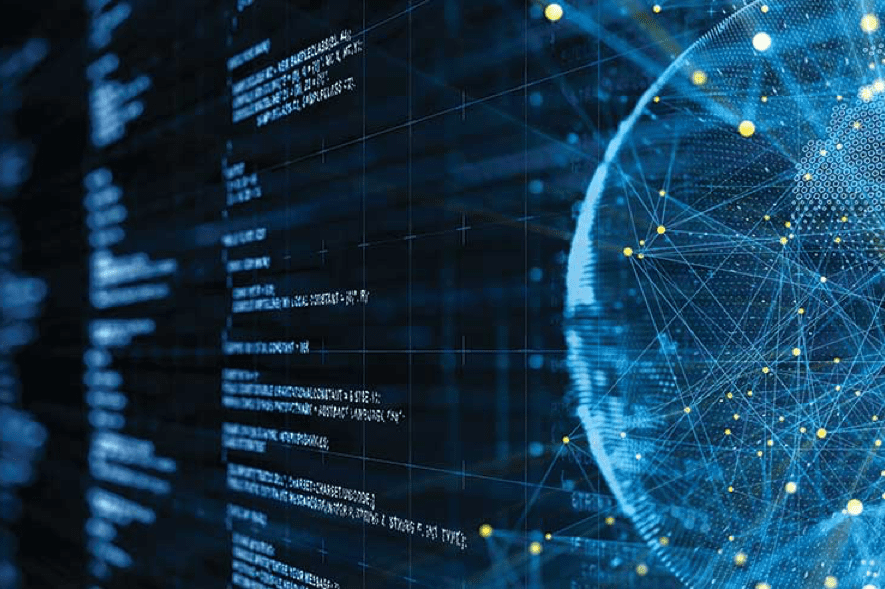
Urban big data and wisdom perception system
Urban environments are highly heterogeneous as well as environmental disturbances. Therefore, it’s important to construct a novel Internet of Things framework that is able to perceive the decentralized, redundant and heterogeneous urban data in depth, and establish large-scale knowledge (data) relation. A further goal is to establish a deep knowledge graph platform, which can provide fast and comprehensive information for governments/enterprises, and smart decision support (or Q&A and feedback control) system solution without discrimination knowledge. To achieve the goal, we plan to carry out the following forward-looking research on basic science, algorithmic mechanisms, and technologies:
(1) Establish a smart city man-machine-physics logic perception machine
Constructing a powerful sensor that integrates heterogeneous network sensing and information relations, such as crowdsourcing, social network, mobile, Internet, IoT, and sensor network, etc.; Proposing a comprehensive algorithm for information sensing. We will propose novel software-defined sensors that sense Internet information and crowdsourcing sensors that sense human social information and combine with physical sensors to form a logical perception machine for the omnidirectional perception of the ternary space of the human-machine-physics city. We plan to work with the research logic sensor and propose the optimal deployment, and coverage theory.
(2) Collaborative awareness and integration mechanism of resources and information
Proposing the concept and model of software and hardware resource perception, realizing the association, management, and scheduling of resources based on the perception of urban resources. Proposing the normalization model of information integration, integrating the urban ternary space information of different dimensions into a unified information object, and preparing for the standardized relation of physical objects. The attributes of the entities and the feature values different from other entities in the query process will be the key information. we will further establish an urban large data entity object location system with the feature value.
(3) Establishment mechanism of large-scale urban entity data relation and deep knowledge graph
Based on the perception of the logic aware machine, we propose to establish a ternary relationship graph of regional space combining with the comprehensive information of the city’s ternary space, including the space-time trajectory and the connection of surrounding objects. Detailed characterization of the internal entity association of logical perceptrons by ternary relation graph, we set eigenvalues of the information objects as nodes, the multi-dimensional association feature relationships as the edges, and define the related entity object information (triad) as the hypergraph in the special application domain, which composes the basic unit of the large-scale graph for computing. Due to the complexity and association of large-scale physical objects, the relation extraction and reasoning scheme of the hypergraph network architecture is proposed. Based on the hypergraph, an effective multi-layer information association and communication mechanism is established between the distributed nodes in resources, data, attributes and other multi-dimensional according to the knowledge structure and domain data of application requirements and regional correlation. A large-scale deep knowledge graph mechanism with deep relation extraction and reasoning ability is finally achieved. The corresponding innovation theory research includes the use of hyper-vertex and edge matching of the relation-based knowledge graph as the input of the deep neural network to form the deep knowledge and data graph calculation theory.
(4) Incremental hypergraph migration mechanism for mobile city data entities
Dynamic urban entities and information provide dynamic and uncertainties to the deep knowledge graph. We implement system continuity by moving the hypergraph “slice” mechanism. The slice projects the hypergraph on the related dimensions, such as a time dimension or a state dimension, for incremental migration of the hypergraph (partially similar to migration learning). The basic scientific problem of incremental hypergraph migration mechanism involves large-scale urban data perception, acquisition, transmission, storage and intermediate operations; Multi-level, multimodal knowledge projection analysis and control.
(5) Quick question and answer and retrieval mechanism of deep knowledge graph
The use of deep knowledge graph requires a searchable and questionable mechanism, which requires the novel theoretical foundation and algorithms. The basic idea is to extract question-and-answer acknowledgment in combination with the hypergraph projection of deep knowledge graphs, combined with reinforcement, confrontation, and migration learning.

Quick Q&A and retrieval mechanism of deep knowledge graph
Relevant publication
- Wenmain Yang, Kun Wang, Na Ruan, Wenyuan Gao, Weijia Jia*, Wei Zhao, Nan Liu, and Yunyong Zhang, “Time-sync Video Tag Extraction Using Semantic Association Graph, ACM Trans on Knowledge Discover and Data, 2019 (accepted).
- Lin Cui, Fung Po Tso, Song Guo, Weijia Jia, Kaimin Wei, and Wei Zhao, Enabling Heterogeneous Network Function Chaining, IEEE Transactions on Parallel & Distributed Systems, IEEE Transactions on Parallel and Distributed Systems 30 (4), 842-854, 2019.
- Weijia Jia, H Peng, N Ruan, Z Tang, W Zhao, WiFind: Driver fatigue detection with fine-grained Wi-Fi signal features, IEEE Transactions on Big Data, 2018.
- Zhiqing Tang, Xiaojie Zhou, Fuming Zhang, Weijia Jia, and Wei Zhao, “Migration Modeling and Learning Algorithms for Containers in Fog Computing,” IEEE Transactions on Service Computing, accepted on 8.4.2018.
- Wenmian Yang, Weijia Jia*, Xiaojie Zhou, Yutao Luo, “Legal Judgment Prediction via Multi-Perspective Bi-Feedback Network”, IJCAI 2019 (accepted)
- Xinsong Zhang, Pengshui Li, Weijia Jia*, Hai Zhao, Multi-labeled Relation Extraction with Attentive Capsule Network, AAAI, 2019.
- Pengshuai Li, Xinsong Zhang, Weijia Jia, and Hai Zhao, “GAN Driven Semi-distant Supervision for Relation Extraction”, The North American Chapter of the Association for Computational Linguistics, NAACL 2019, Minneapolis, Minnesota, June 2 – June 7, 2019.
- Wenmian Yang, Wenyuan Gao, Xiaojie Zhou, Weijia Jia*, Shaohua Zhang, Yutao Luo, “Herding Effect based Attention for Personalized Time-Sync Video Recommendation”, IEEE International Conference on Multimedia and Expo (ICME), July 8-12, 2019, Shanghai, China.
- Tianyi Liu, Xinsong Zhang, Wanhao Zhou and Weijia Jia*, Neural Relation Extraction via Inner-Sentence Noise Reduction and Transfer Learning, Conference on Empirical Methods in Natural Language Processing (EMNLP), October 31-November 4, 2018, Brussels, Belgium.




